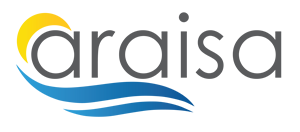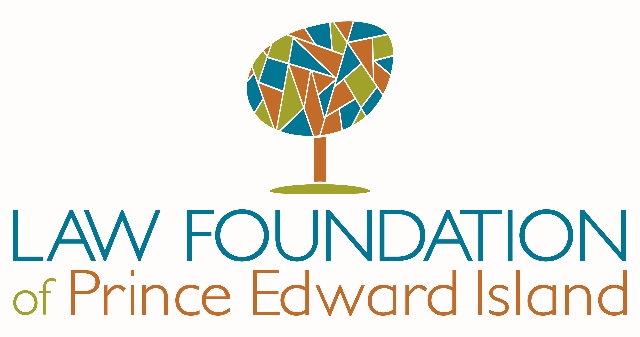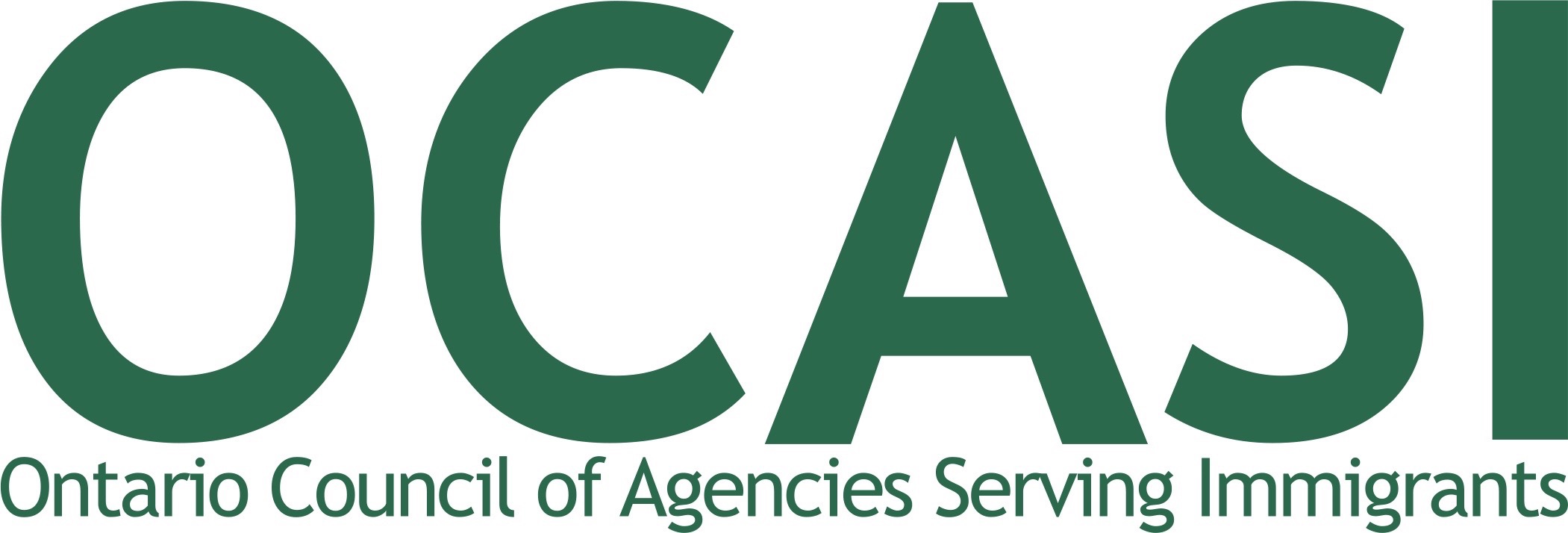Status, Work Permits, and Immigration
Who can participate in the Seasonal Agricultural Worker Program (SAWP)?
The Seasonal Agricultural Worker Program (SAWP) allows employers to hire temporary foreign workers (TFWs) when Canadians and permanent residents are not available to work in farming operations. More information
Employers can hire TFWs from participating countries for a maximum of 8 months, between January 1 and December 15 of a given year, provided they are able to offer the workers a minimum of 240 hours of work within a period of 6 weeks or less.
For employers to qualify for the SAWP, they must meet 3 criteria:
- The TFWs hired must be citizens of Mexico or participating Caribbean countries
- Production must be in specific commodity sectors
- The activity must be related to on-farm, primary agriculture
The SAWP operates according to bilateral agreements between Canada and the participating countries. The agreements outline the role of these governments, which is to:
- Recruit and select the TFWs;
- Make sure workers have the necessary documents;
- Maintain a pool of qualified workers; and
- Appoint representatives to assist workers in Canada.
These governments also ensure that the people selected to work in Canada meet all the requirements of the SAWP. These requirements include:
- Experience in farming;
- At least 18 years of age;
- A citizen of one of the participating countries; and
- Able to satisfy both the Canadian immigration laws and the laws of the worker's home country.
Status – Employer-specific work permit
Work Permit
As a Seasonal Agricultural Worker, your status in Canada comes from an employer-specific, temporary work permit. To get a work permit, you must find an employer with a positive Labour Market Impact Assessment (LMIA), which allows that employer to hire TFWs, and then apply for a work permit to work for that employer. That is, once you have received your work permit through the SAWP, you will be authorized to work for that single employer, who will be named on your work permit. Your work permit also includes information that specifies how long you can work in Canada, and, sometimes, the location where you are authorized to work. You must pay a fee to apply for a work permit. More information
Labour Market Impact Assessment (LMIA) – Employer's Responsibility
Your employer in Canada must obtain a positive Labour Market Impact Assessment (LMIA) before they can hire you through the SAWP. To obtain an LMIA, the employer must submit an application to Employment and Social Development Canada/Service Canada and pay a fee of $1000. Your employer cannot ask you to pay any part of the LMIA fee. An LMIA is not needed for the Atlantic Immigration Program.
Some LMIAs are “open”, which means that the employer can choose the worker they want. Most LMIAs are “named”, which means that the employer has included the name of the worker in the LMIA application. When a named LMIA is approved, it can only be used to hire the named worker.
You can only work for the employer that is listed on your work permit, unless the employer transfers you to another farm. In this case, if you are from the Caribbean you will need to sign a transfer contract.
Work Permit Renewal
As a Seasonal Agricultural Worker, your work permit is valid only for one season, and you must return to your home country when your work permit expires. If you want to work again in Canada under the SAWP, you can apply for a new work permit for the next season, when you are in your home country.
Changing Employers
Your current employer is not allowed to penalize you for seeking a new job. However, you will need to get a new work permit for a new employer, which can take time.
To change employers:
- You must find a new employer
- Your new employer must obtain a positive LMIA
- You must apply to have your work permit changed to the new employer
Your consulate or liaison officer may be able to help you to find a new employer. You may also want to look on the Government of Canada's Job Bank website. Many of the agricultural jobs posted are eligible for a positive LMIA.
If you are from the Caribbean, your consulate and your new employer must approve your transfer to a new job.
If you leave your job for any reason, and you still have a valid work permit, you can stay in Canada until your work permit expires.
Important: If you are being abused by your employer, you can apply for an open work permit. More information
Call 911 if you are in immediate danger. Abuse can come in many forms. It includes any behaviour that scares, controls or isolates you. It can be physical, financial or mental. More information
Study
You can enroll in courses that do not require a study permit, such as non- credit courses that last fewer than 6 months, or those that are delivered exclusively online. However, you cannot enroll in standard academic, professional, or vocational courses that lead to a diploma or degree, unless you have a study permit.
Learn more about applying for a study permit on the Immigration, Refugees and Citizenship Canada website.
Permanent Residence
The SAWP Program does not offer a pathway to permanent residence in Canada.
Learn more about Canada's immigration programs on the Immigration, Refugees and Citizenship Canada website.






